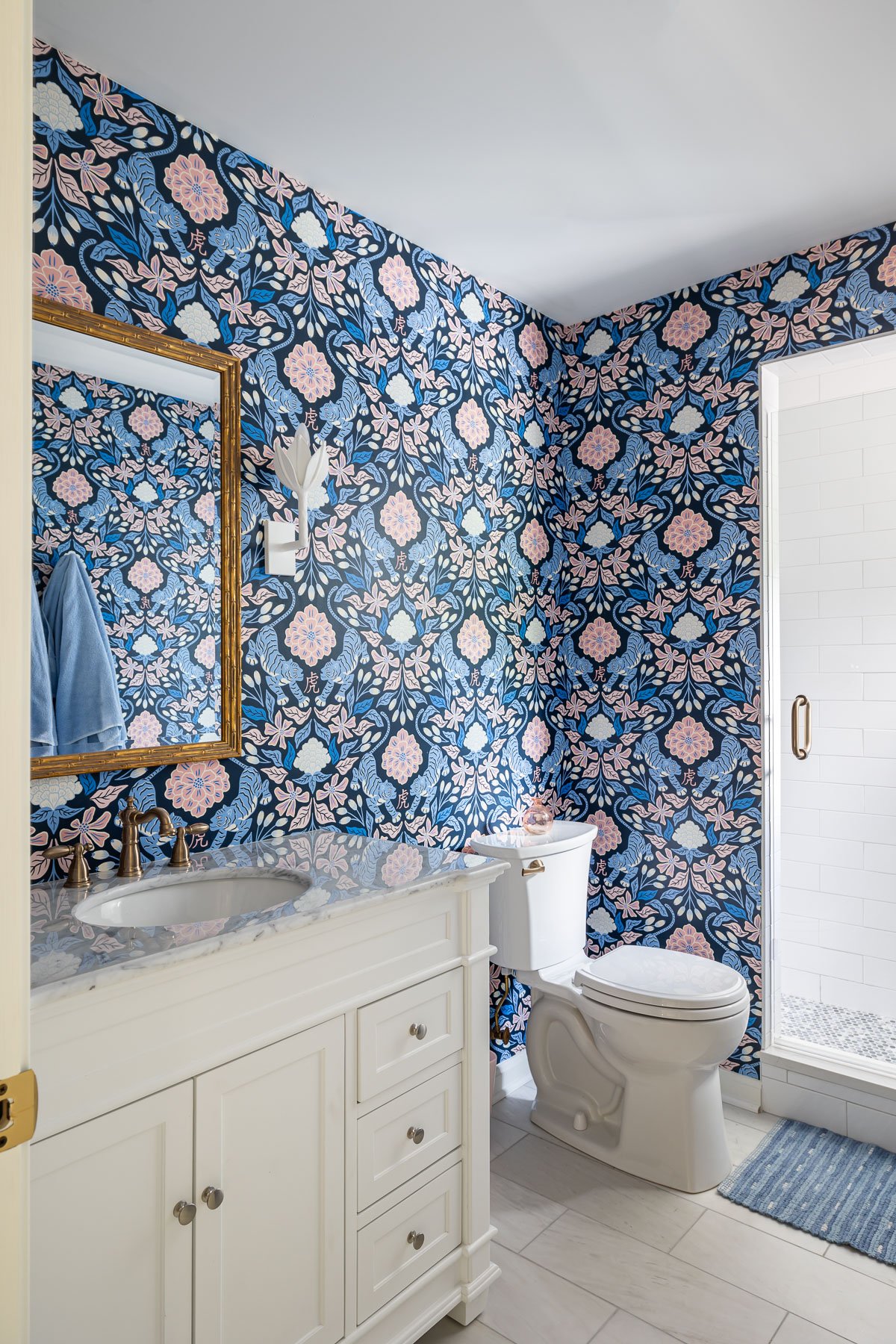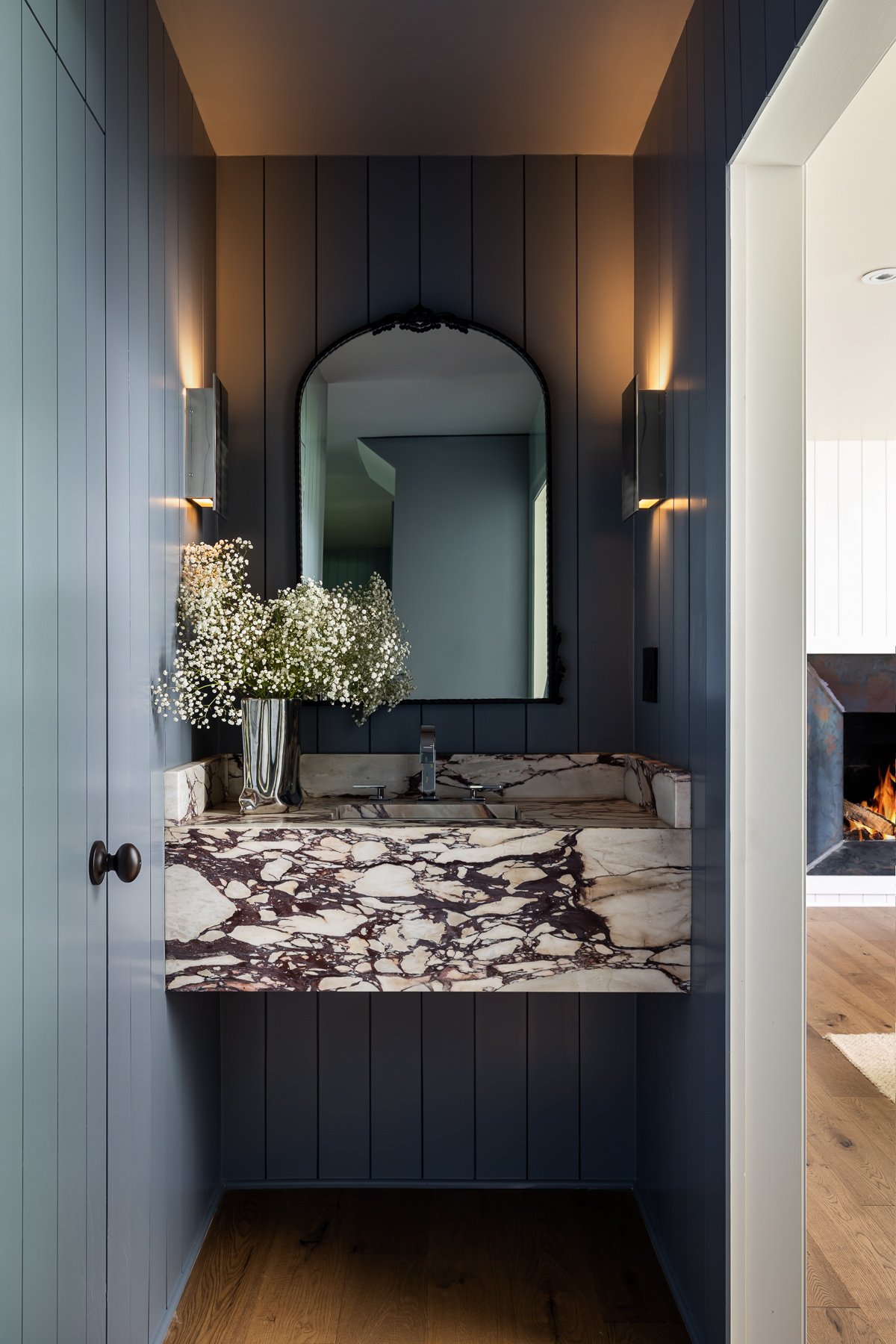Traditional vs. Modern - Interior and Architectural Design
Introduction
Interior and architectural design are not just about creating spaces; they are about shaping experiences, reflecting values, and capturing the essence of an era as well as the occupants of the space. In the ever-evolving world of design, two major paradigms persist: modern and traditional. Each offers distinct aesthetics, principles, and philosophies, captivating audiences with their own unique charm. In this exploration, we delve into the rich tapestry of modern and traditional design, comparing their defining features, influences, and implications.
Defining Modern Design
Modern design emerged in the early 20th century, departing from the ornate and elaborate styles of the past. It embraces minimalism, clean lines, and functionality, prioritizing simplicity and efficiency. Influenced by the Industrial Revolution and technological advancements, modern design celebrates innovation and progress. Materials such as steel, glass, and concrete have integrated into modern spaces, creating sleek and uncluttered environments. Iconic figures like Ludwig Mies van der Rohe and Le Corbusier epitomize the modernist movement, with their designs emphasizing form follows function.
Key Characteristics of Modern Design
1. Minimalism: Modern interiors often feature sparse furnishings and an absence of unnecessary ornamentation, allowing space to breathe and functionality to shine.
2. Clean Lines: Straight lines and geometric shapes define modern architecture, imparting a sense of order and simplicity.
3. Open Floor Plans: Modern design favors open spaces that encourage fluid movement and connectivity between different areas.
4. Integration of Technology: From smart home systems to energy-efficient appliances, modern design seamlessly incorporates technological advancements into the living environment.
Exploring Traditional Design
Traditional design, rooted in history and heritage, draws inspiration from classical styles and cultural influences. It values craftsmanship, detail, and richness, embracing ornate decorations and luxurious materials. Traditional architecture often features intricate moldings, arches, and symmetry, evoking a sense of timelessness and elegance. This style pays homage to the past, celebrating craftsmanship and artisanal techniques passed down through generations.
Key Characteristics of Traditional Design
1. Ornamentation: Elaborate decorations, such as moldings, wood carvings, and intricate textiles, adorn traditional interiors, adding warmth and character.
2. Rich Materials: Traditional design favors natural materials like wood, masonry, and natural stone, imbuing spaces with a sense of luxury and opulence.
3. Symmetry and Balance: Traditional architecture often emphasizes symmetry in layout and design, creating a harmonious and balanced aesthetic.
4. Formality: Traditional interiors exude a sense of refinement and formality, with designated spaces for specific functions and formal furniture arrangements.
Comparing Modern and Traditional Design
1. Aesthetic Appeal:
Modern design tends to favor simplicity and minimalism, while traditional design embraces ornate detailing and richness.
Modern interiors often feature neutral color palettes and sleek finishes, whereas traditional spaces incorporate warm tones and luxurious textures.
2. Spatial Layout:
Modern design emphasizes open floor plans and flexible living spaces, promoting a sense of fluidity and connectivity.
Traditional design typically adheres to more defined room layouts with distinct functions, reflecting a sense of formality and tradition.
3. Materials and Construction:
Modern architecture often utilizes industrial materials such as steel, glass, and concrete, prioritizing efficiency and sustainability.
Traditional design favors natural materials like wood, stone, and plaster, highlighting craftsmanship and heritage.
4. Lifestyle and Functionality
Modern interiors cater to contemporary lifestyles, incorporating technology and adaptable spaces to meet the needs of modern living.
Traditional spaces evoke a sense of nostalgia and heritage, offering a timeless elegance and a connection to the past.
5. Cultural and Historical Context
Modern design reflects the ethos of progress and innovation, influenced by the rapid changes of the 20th and 21st centuries.
Traditional design draws inspiration from historical precedents and cultural traditions, embodying a sense of continuity and heritage.
Conclusion
In the dynamic world of interior and architectural design, the dichotomy between modern and traditional styles offers an intricate array of aesthetics, philosophies, and influences. While modern design celebrates innovation and simplicity, traditional design pays homage to craftsmanship and heritage. Whether one is drawn to the clean lines of modernism or the timeless elegance of tradition, both styles offer unique opportunities to create spaces that resonate with individual tastes and values. Ultimately, the beauty of design lies in its diversity, inviting us to explore the endless possibilities of expression and creativity as it pertains to our intimate dwellings.









